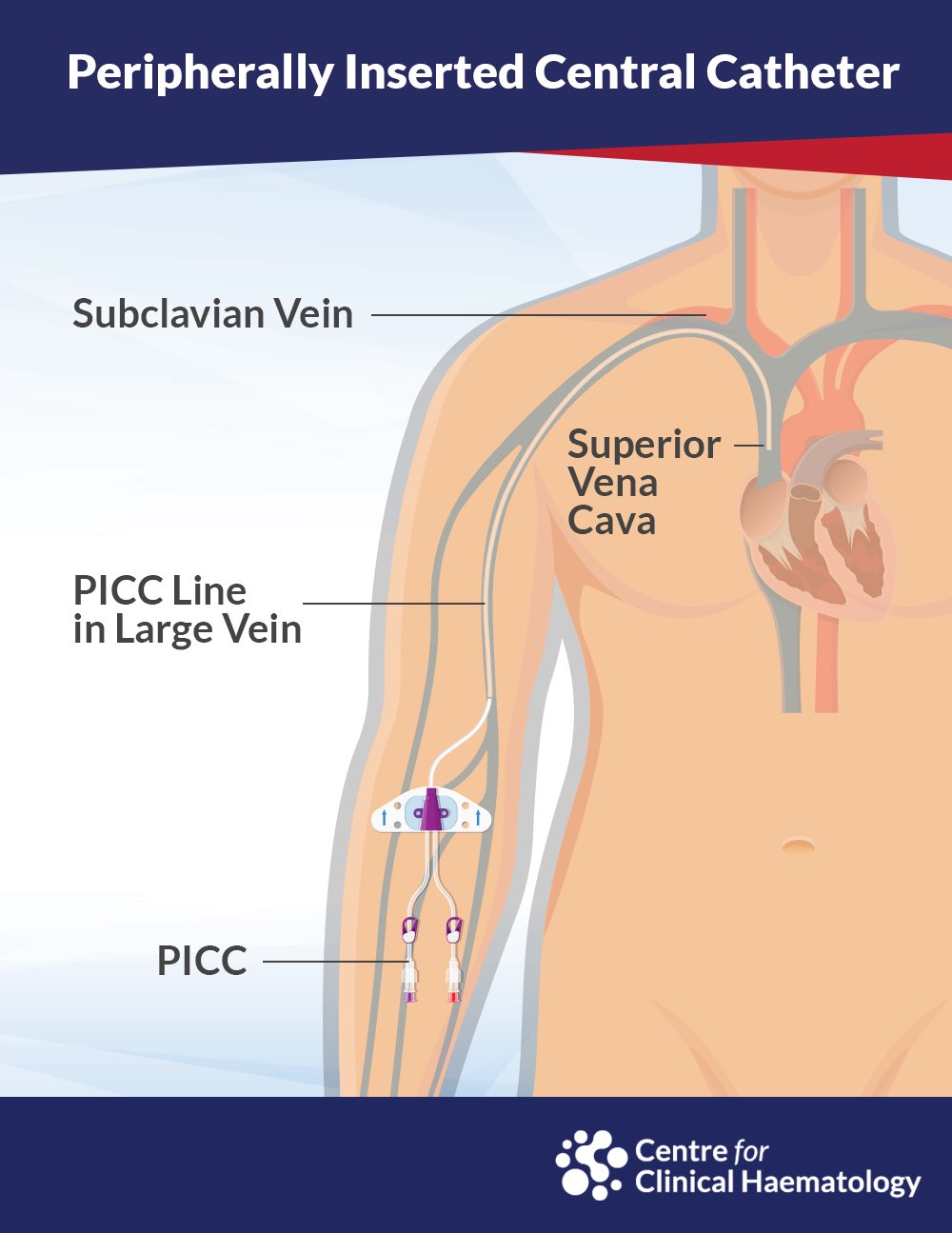Nigerian President-elect, Asiwaju Bola Ahmed Tinubu returned to the country on Monday after about a month in France for what his media team said is “for rest after an exhaustive campaign and election season.”
Moments after his arrival, photos of the president-elect with a PICC line appeared online sparking concerns amongst Nigerians over his health condition.

A Peripherally Inserted Central Catheter (PICC) line is a thin, soft, long catheter (tube) that is inserted into a vein in a patient’s arm, leg or neck. The tip of the catheter is positioned in a large vein that carries blood into the heart. The PICC line is used for long-term intravenous (IV) antibiotics, nutrition or medications, and for blood draws.
ALSO READ: I Can’t Believe Tinubu Excluded Igbo in His Transition Committee – Joe Igbokwe
It can help prevent frequent needle sticks.
– Why Is PICC Line done?
It’s used to deliver drugs and other treatments directly to large central veins near the heart.

PICC line is recommended in the following conditions;
1. Cancer treatment
– Chemotherapy is delivered through a PICC line.
2. Liquid Nutrition
3. Infection Treatment
– Antibiotics and antifungal medicines can be given through a PICC line for serious infection.
4. Other Medications
ALSO READ: BOMB!! Pablo Escobar And Osama Bin Laden Ruling Any Country is Disaster – Pastor Ibiyeome
– Some medicines can irritate the small veins, and giving these treatments through the PICC line reduces that risk.
Who is a candidate for a PICC line? – Patients with limited peripheral access. Long-term IV medication administration (antibiotics, antifungals) Continuous administration of vesicants or drugs that irritate peripheral veins (vasoactive drugs, chemotherapeutic agents)
Is having a PICC line serious? Although rare, the risks associated with the PICC line procedure can include infection, bleeding, blood clot, increased venous thrombosis, pulmonary embolus, breakage of instrumentation during the procedure. –
What are the risks or possible complications of having a PICC line? The placement of these lines carries a significant risk for serious complications, e.g. pneumothorax, arterial puncture, haemothorax, stroke, arrhythmias and nerve damage
Stay with IgbereTV, Africa’s number one online community TV







